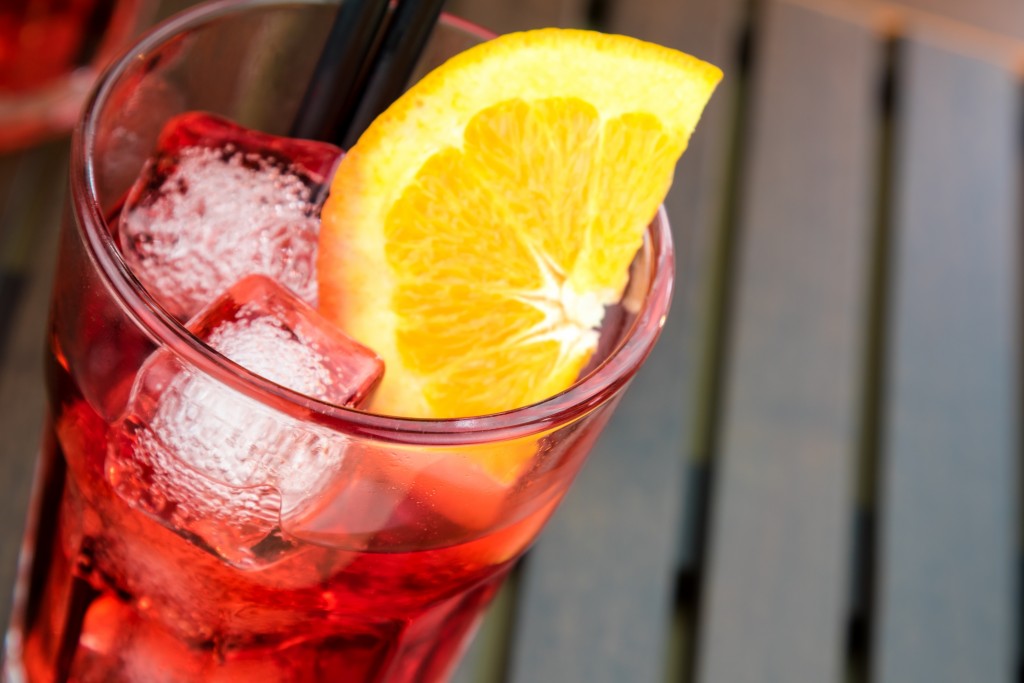Humans have always found new ways to combine different flavors and scents that make us more attracted to food and drink. We constantly seek new ways to combine both in any food and drink served before us, whether through condiments, the cooking process, or the addition of ingredients that enhance taste. One of the industries that have developed through the centuries of experimentation of taste and flavor is the beverage industry.
A beverage does more than quench thirst. It’s important across cultures, making beverages one of the most in-demand products on shelves, even in a pandemic. The beverage industry will only continue to grow, projected to be a $1961.24-billion market by 2024.
As the market expands with competition, brands are delivering new ways to quench our thirst. Here are some of the innovations that are making a mark in the beverage industry.
Diet Options
Fizzy drinks are a guilty pleasure. They are condensed glucose, with a 12-ounce Coke containing 9.3 teaspoons of sugar. To lessen the consumer’s guilt, soda brands started developing artificially sweetened “diet” varieties. This tag quickly brought in new customers. During the diet soda craze around the early 2000s, about one-fifth of America consumed diet drinks on a given day.
Health-conscious companies are expanding the diet drink model to other beverages. In time for the 2017 holiday binging, Weight Watchers rolled out their diet wine line called “Cense.”
Dry Hopping
Hops are flowers with a dynamic flavor profile that has sparked the interest of various beverage innovators. They are added during fermentation through the process of dry hopping.
Hops are generally bitter, with some floral and fruity notes. The plant has been further propagated into new varieties for more specific flavor profiles. Citra hops highlight the plant’s fruity component and leave you with a refreshing punch of citrus, whereas Hallertau Mittelfrüh offers something mild.

Since hops were cultivated, they have been used by brewers to create new recipes. Beer brewers are arguably the most adventurous when it comes to exploring new ingredients and additives and are, unsurprisingly, the first ones to discover hops’ potential. Hops replaced gruit as the bittering agent of choice until the 1990s microbrewery movement in North America and Europe tried to revive the latter.
In contrast to the beer industry, wine has adapted more of an “If it ain’t broke” mentality, with much of its technology remaining unchanged for millenniums. Yet hops has slowly infiltrated its market as young winemakers search for more experimentation. Likewise, in the coffee industry, hops have become the claim to fame of some hip cold brewers.
More Accessible Packaging for High-End Products
If the slick wine bottles may seem intimidating, wineries have moved towards the more approachable packaging of tetra boxes, fiberboard, and tin cans for the layperson’s convenience.
The boxed prototype packaged wine in an air-tight bag as an alternative to its cork seal. The bag was then covered with a corrugated fiberboard. This packaging process was a patent by Thomas Angove, an Australian winemaker. Angove’s design needed the consumer to cut off the corner of the bag to pour out a serving and use a peg to reseal it. It has since been modified into newer models.
In 2011, some companies used 500ml Tetra Pak cartons, which sold for $4.99 each for its introduction to the market. They tried and tested varieties: Cabernet Sauvignon, Merlot, and Chardonnay, which come with a much higher price tag in the conventional bottle packaging. 500 ml gives you three servings under five dollars—easily a steal. Another comapny explored another commodifiable wine packaging using metal. They used a special can liner to preserve palatability and prevent the acidic wine from corroding the metal container.
With a cheap price tag and less glamorous visuals, boxed and canned wines are stereotyped to be low-quality, compulsive buys. But premium brands like Black Box have proven otherwise. The only major downside is that, unlike bottled wine, box and canned wine must be consumed after opening.
Meanwhile, big-name coffee brands are likewise gaining more presence by adding packaging options. Starbucks, for example, preserves its lattes and americanos through the bottled “Frappuccino” line, readily available on grocery shelves by the cold aisle.
Sustainability
Since Al Gore and the “Reduce, Reuse, Recycle” campaigns from the 90s, more people have become informed about climate change and nature’s depleted resources. While, in general, the beverage industry had low scores in sustainability reports, they nonetheless have pioneering movers who want a sustainable future for the industry. And they are prompting the rest of the sector to join.
For example, Foxhole Spirits created a beverage made exclusively from discarded grapes at Tesco supermarket. This is also in furtherance of Tesco’s mission to half food waste by 2030. New methods like cold brewing and energy-saving technologies like induction machines are also being supported as sustainable efforts.
Finding New Opportunities
Much of the beverage industry have proven themselves to be inventive creators, and these examples are just among their efforts. With new advancements, particularly in food science, there will be more exciting opportunities to roll out new inventions.
